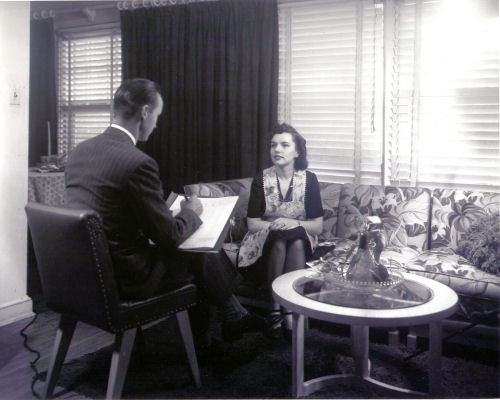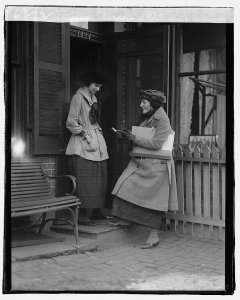Who Lived in My House (Census)
Census Research: 1910, 1920, 1930 & 1940
These early censuses list family members, their occupations, and—beginning in 1930—the values of the property. In addition to being fascinating history, the census also can provide research leads (from the descendants of previous occupants) for locating building blueprints, family photographs, and oral history. Please note that, because of privacy laws, the U.S. Bureau of the Census only issues these historic records at least 70 years after a census is conducted. The next release will be the 1950 census in 2022.
The Ravenswood Manor Centennial Research Committee’s observations from the historic censuses include:
• Number of Residents. Only 18 households (74 total residents) existed in 1910, one year after the Ravenswood Manor subdivision was created. By 1920, however, there were 368 households (1,428 residents) and, in 1930, this figure had doubled to 744 households (2,698 residents). In 1940, following the Great Depression, the numbers had dropped slightly to 739 (2,546 residents).
• Family Size. The largest average family size was 4.1 persons in 1910. This dropped to 3.9 in 1920, 3.6 in 1930, and 3.4 in 1940.
• Foreign Born. The greatest percentage of foreign-born “heads of households”—26%–occurred in 1920. That figure dropped to 20% in 1930 and 16% in 1940. The 1930 census notes the following countries of the neighborhood’s foreign-born population:
• Germany (29%)
• Sweden (17%)
• Russia (12%)
• Canada (9%)
• Austria (5%)
• England (4%)
• Denmark and Norway (3% each)
• Scotland (2%)
• other (13%)
• Occupations. The neighborhood was a mix of “white collar” and “blue collar” occupations in its early years. Although professions have changed greatly since 1930, that census showed the following occupations:
• sales (18%)
• office (13%)
• municipal/utility (11%)
• financial/legal, manufacturing, and trade/building (10% each)
• service (9%)
• self-employed (7%)
• printing (4%)
• engineering/science and arts (3% each)
• medical (2%)
• Rental/Home Ownership. This information is not available for 1910 and 1920. However, the 1930 census showed 37% of the households as rental units and, following the Depression, this figure had risen to 45% in 1940.
• Housing Prices. Again, this information is only available for 1930 and 1940, but it clearly shows the impact of the Depression. Monthly rental rates fell from an average of $200 (1930) to $130 (1940), while the average home value—as reported by homeowners—plummeted from $80,000 to $23,000.
Many thanks to Jackie Klein for her dedicated work in assembling this historic census information. We hope that you enjoy your own research.
Research, How To
We recommend that you take a dive into the data and familiarize yourself with what’s in there. Data is sorted by house number and street name so that you can find your house.
We provide two choices to review the census data:
1) You can access all of the neighborhood’s census information in one Excel file or
2) you can select individual “PDFs” for each census, 1910, 1920, 1930 and 1940.
Note that if a house is not listed in a particular year, it is because the house did not exist, it is listed under a different address (check cross streets), or the census taker simply missed it.
The following documents section contains links to the files created by the research team. For more information, check out the online links provided. Enjoy.
RMIA research team
document downloads
Analysis of RM Censuses 1910 to 1940 complete with charts and graphs, pdf
1910-1940 Ravenswood Manor census data, all of the data in one place, excel file 1mb
Census data separated by year, in pdf format
1910 Ravenswood Manor Census, pdf
1920 Ravenswood Manor Census, pdf
1930 Ravenswood Manor Census, pdf
1940 Ravenswood Manor Census, pdf
Online resources
1910 Census
1920 Census
1930 Census
1940 Census
www.census.gov





